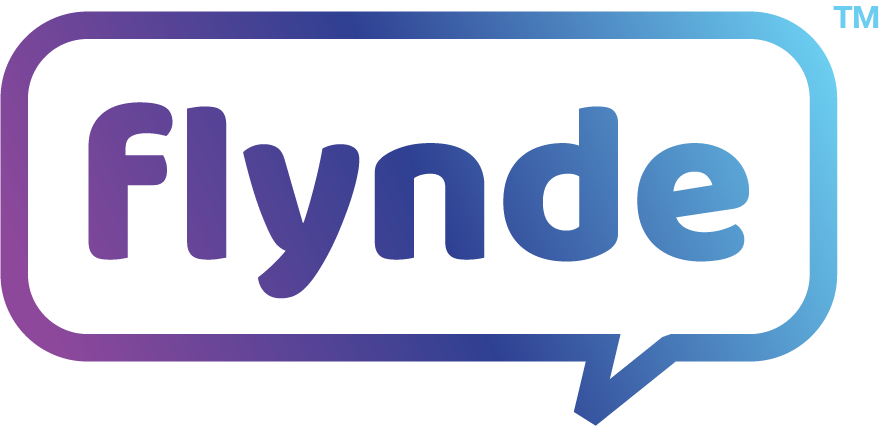The Personalization Paradox: Can EdTech Bridge or Widen Southeast Asia's Learning Divide?
Southeast Asia’s education landscape is a study in contrasts. On one end, Singaporean students consistently top global PISA rankings. On the other hand, countries like the Philippines and Indonesia are experiencing a worrying decline in learning outcomes.
Into this gap steps a powerful idea: personalized learning, driven by artificial intelligence (AI). Instead of one-size-fits-all classrooms, AI promises to tailor education to each student’s unique needs.
The potential is immense. But a critical question looms: will this revolution close the gap or make it wider?
The promise: Custom-built education for all
Personalized learning flips the traditional model. Instead of rigid, time-bound progression, students can advance at their own pace, mastering skills step by step. In simple terms: you learn your way.
AI makes this scalable. Adaptive learning systems adjust difficulty in real time. Intelligent Tutors and chatbots provide round-the-clock support. Learning analytics give teachers powerful insights to intervene early when students struggle.
Students progress at their own pace, mastering skills step by step—in short, you learn your way.
Early results are promising. Studies across the region show that AI-driven personalization can increase motivation, satisfaction, and academic performance. For a region with a massive youth population preparing for the future of work, these tools are not just innovative but essential.
A "dual-track" reality
Yet the rollout looks very different depending on where you are.
In Singapore, the government leads the charge. Its EdTech Masterplan 2030 lays out a top-down strategy to embed technology into classrooms, training teachers as “collaborative learning designers.”
And in Indonesia, Thailand, and Vietnam, EdTech is being driven by private companies. Giants like Ruangguru (also known as Kiến Guru in Vietnam and LearnHub in Thailand) and pioneers like Zenius are stepping in to fill gaps left by the public system.
The outcomes of virtual learning are different depending on where you are.
This divergence creates the personalization paradox: the very tools that could reduce inequality are mostly reaching the urban middle class: families with internet, devices, and disposable income. While this fuels billion-dollar startups, it risks entrenching a two-tier system, where the best tools remain out of reach for the most vulnerable learners.
Barriers to equity
Three major hurdles stand in the way of truly inclusive personalized learning:
1. The digital divide: Fewer than half of rural schools have reliable internet. Poor households are far less likely to own devices. Without basic infrastructure, EdTech cannot reach the students who need it most.
2. The human capital gap: Teachers are critical, yet many feel unprepared to integrate new technologies. A single workshop won’t cut it. Sustained, high-quality professional development is essential to shift from lecturing to tech-supported teaching.
3. The evidence gap: Too often, EdTech investment follows trends instead of data. Without rigorous, localized research, resources are wasted on flashy tools that don’t improve learning outcomes, eroding trust in the whole sector.
The path forward
The future of education in Southeast Asia is not about replacing teachers with algorithms. Instead, the most promising models, such as those emerging in Vietnam, blend high-tech, high-touch approaches. AI handles the admin and provides data-driven insights, while teachers focus on what only humans can do: mentoring, guiding collaboration, and supporting socioemotional growth.
There is still a lot to do for Southeast Asian countries to maximise the future of their education.
To truly bridge the divide, all stakeholders must act:
Policymakers should prioritize infrastructure and teacher training.
Investors should back scalable solutions designed around teachers, not just supplemental tutoring.
EdTech leaders must localize for diverse cultures and languages, and build stronger evidence bases for their platforms.
Personalized learning offers Southeast Asia a historic opportunity to leapfrog old barriers and unlock the potential of millions of students. But this promise will only be realized if it is equitable and inclusive.
Technology can empower everyone—or deepen existing divides. The choices we make today will determine which future unfolds.
About the Author
Bert Nguyen is a Copywriter with Flynde, a global company specializing in translation solutions for businesses of all sizes.
Discover the best-in-class translation solutions for your business. Trusted & certified for all languages with locations in Australia, Singapore, Switzerland & the USA. Flynde takes human translation strategies and uses advanced technologies to deliver them to our customers across our three business lines: Flynde for startups, Flynde for small businesses, and Flynde for corporations.
For more information, contact us at hello@flynde.com




